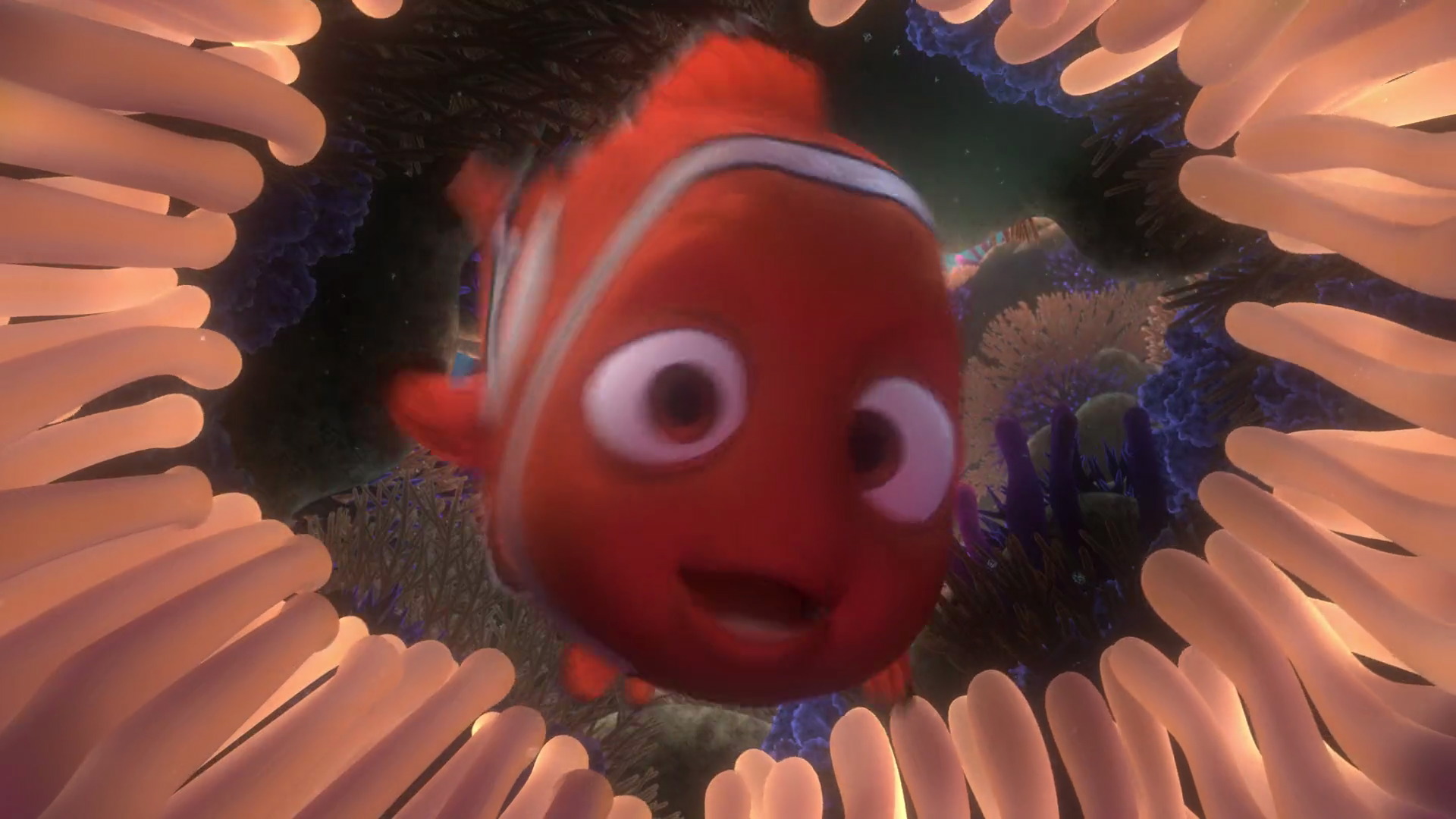

The answer is probably a bit of both.Īll clownfish are born male, but will spontaneously change sex if the dominant female of the group dies, and they are fierce defenders of their nest, especially during reproduction. In turn, the clownfish protects the anemone from its own predators, and its bright colouring may lure smaller fish into the anemone where they are killed by its venomous nematocysts (stinging cells).Ĭlownfish are protected from the anemone’s sting by a thick layer of mucus, although there is no definitive answer as to how this mucus is acquired – some studies suggest clownfish are born with the protective mucus, others that it is acquired by the clownfish repeatedly rubbing itself against the anemone’s tentacles. The host anemone and its clownfish have a mutually beneficial symbiotic relationship – the anemone protects the clownfish from predators, and provides nutrients to the clownfish in the form of undigested food. There are 30 species of clownfish – also called anemonefish, for the anemones in which they live – which are found in the sheltered reefs and lagoons of warm waters, including the Red Sea, Indian and Pacific Oceans, throughout south-east Asia and the Coral Triangle, and, of course, Nemo’s home, Australia’s Great Barrier Reef.

The lead character of the film, Nemo (voiced by Alexander Gould) and his father, Marlin ( Albert Brooks) and mother, Coral ( Elizabeth Perkins) are clownfish – ocellaris clownfish ( Amphiprion ocellaris) to be more precise, sometimes called the false percula clownfish or common clownfish. ‘Nemo’ – clownfish Clownfish on a coral reef in the Red Sea (Photo: Richard Whitcombe/Shutterstock) Life Returns – coral reef restoration in Mustique.New seahorse species discovered in Papua New Guinea.Revillagigedo Archipelago & Guadalupe Islandĭuring their epic adventure, they encounter a huge variety of marine life, brilliantly voiced by an equally enormous cast-list – but the loveable animated characters are all based on real sea creatures, ranging from the tiniest of fish to the largest predatory shark in the world.Īs Finding Nemo celebrates its 20th anniversary, let’s take a look at some of the main characters, and the creatures that inspired them.


 0 kommentar(er)
0 kommentar(er)
